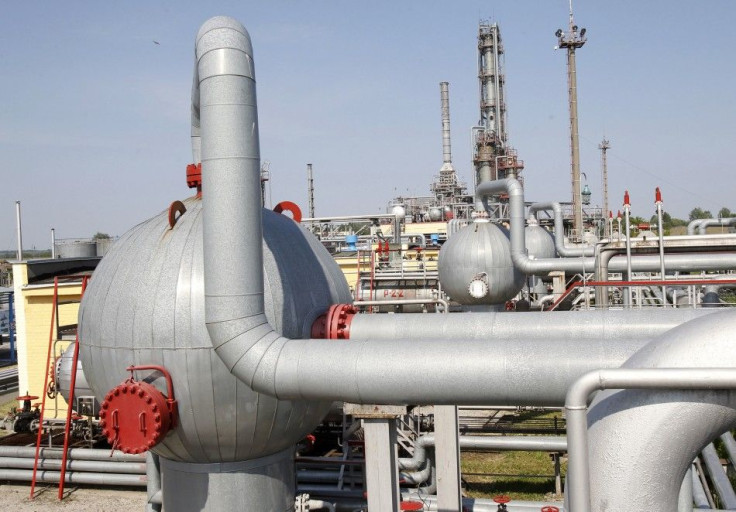Could Falling Prices Make Natural Gas the U.S.’s Primary Energy Form?

Once again, Middle East political tension threatens to send the price of oil to dizzying heights, and once again, slow the U.S. economy, as previous oil shocks have done in 1973-74, 1979-80 and 2007.
Moreover, even though the U.S. imports a greater percentage of its oil from friendlier sources today, Canada, 2.2. million barrels per day (bpd) and Mexico, 1.5 million bpd, the reality of the global oil market is that any oil sanction against Iran would reduce the global oil supply, pushing up oil's price. Oil traded Monday at mid-day down 90 cents to $100.64 per barrel. A closure of the Straight of Hormuz, through which about one-sixth of the world's oil flows, would send prices to stratospheric levels. Oil hit an all-time high of $147.27 barrel in 2007, during the leveraging bubble.
In other words, the United States remains vulnerable to oil. Is there a better way for the United States, from an energy policy standpoint?
Indeed there is, with a selected caveat.
The potential solution? Natural gas. Abundant. Domestic. Cleaner. In many ways, natural gas has advantages compared to oil.
And, more recently, natural gas has added another advantage: it's cheaper. Natural gas fell 6.5 cents to $2.99 per million Btus (MMBtu) -- again pushing below major psychological support at $3.
Natural Gas: Much Cheaper Than Oil in 2012
There's 5.8 MMBtus in a barrel per oil. Hence, at $101.55 per barrel, oil is 5.85 times more expensive than natural gas, for the same amount of energy.
Of course, cost is not the only factor in energy form usage. Local access and ease of use is a major factor, and that's a major reason natural gas has been able to displace oil in home heating, commercial use, and in fleet services (buses, van pools, garbage trucks, selected other trucks) but not in the civilian car fleet, nor in the long-haul, 18-wheeler commercial trucking industry.
Hence, until the U.S. has universal, local access to natural gas filling stations -- there are only about 1,000 natural gas stations, compared to 180,000 gasoline stations -- natural gas cannot complete as a civilian transportation fuel.
Supply certainly justifies increased use of natural gas, with that aforementioned caveat (detailed below). The Potential Gas Committee (PGC) estimates that the U.S. has 1,739 trillion cubic feet (Tcf) of gas attributable to traditional resrvoirs, out of a total natural gas resource base of 2,170 Tcf. Further, the PGC estimates that a total available future supply of 2,170 Tcf would meet the nation's natural gas demand for about 100 years. (The period would be shorter, assuming a larger-than-forecast increase in U.S. natural gas consumption.)
The caveat? The above assumes continued use of natural gas obtained from hydraulic fracturing or fracking -- a process that federal and state environmental regulators are investigating due to reports of ground water contamination and other health and safety concerns.
Energy Analysis: As of now, the fracking technology is getting mixed results: it appears fracking can be conducted safely is some zones, while in other zones the technology may not be appropriate -- and results in ground water / well water contamination. Hence, until federal and state environmental agencies have incontrovertibly determined whether fracking is safe, a question mark will remain regarding natural gas' recoverable reserves in the U.S.
That said, shale gas / unconventional gas could go a long toward helping the nation achieve energy independence, if the supply can be accessed safely.
The other natural gas hurdle concerns ease of fill-up. Until there's a critical mass of natural gas filling stations, natural gas will not become a major source of civilian vehicle fuel. The ease and universality of fill-ups is one of gasoline's major advantages.
Still, the natural gas vs. gasoline scale could tip toward natural gas, if natural gas' price keeps falling. It's at/near $3 per MMBtu now. If the price falls to $1.50 per MMBtu and/or oil becomes 10 times more expensive for the same amount of energy, would increase the attractiveness of natural gas, if the price gap was sustained.
--
© Copyright IBTimes 2024. All rights reserved.





















